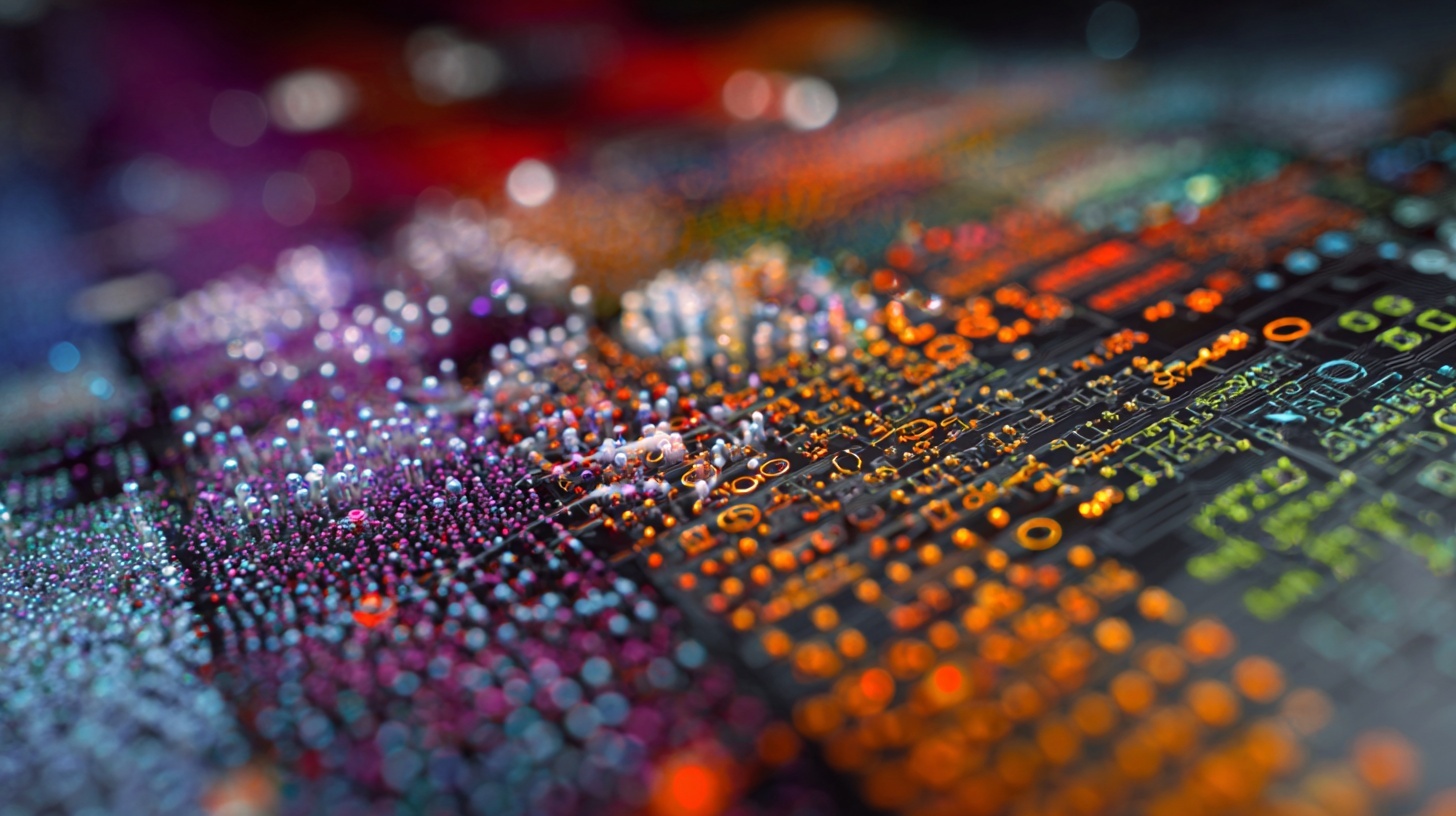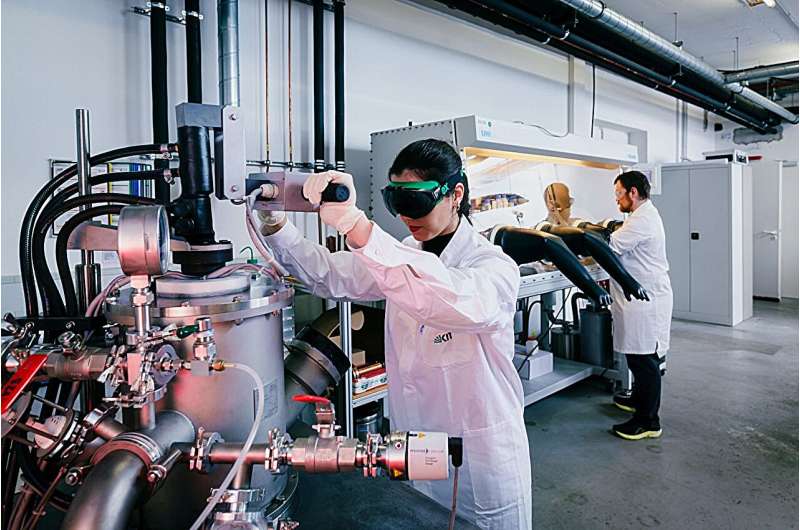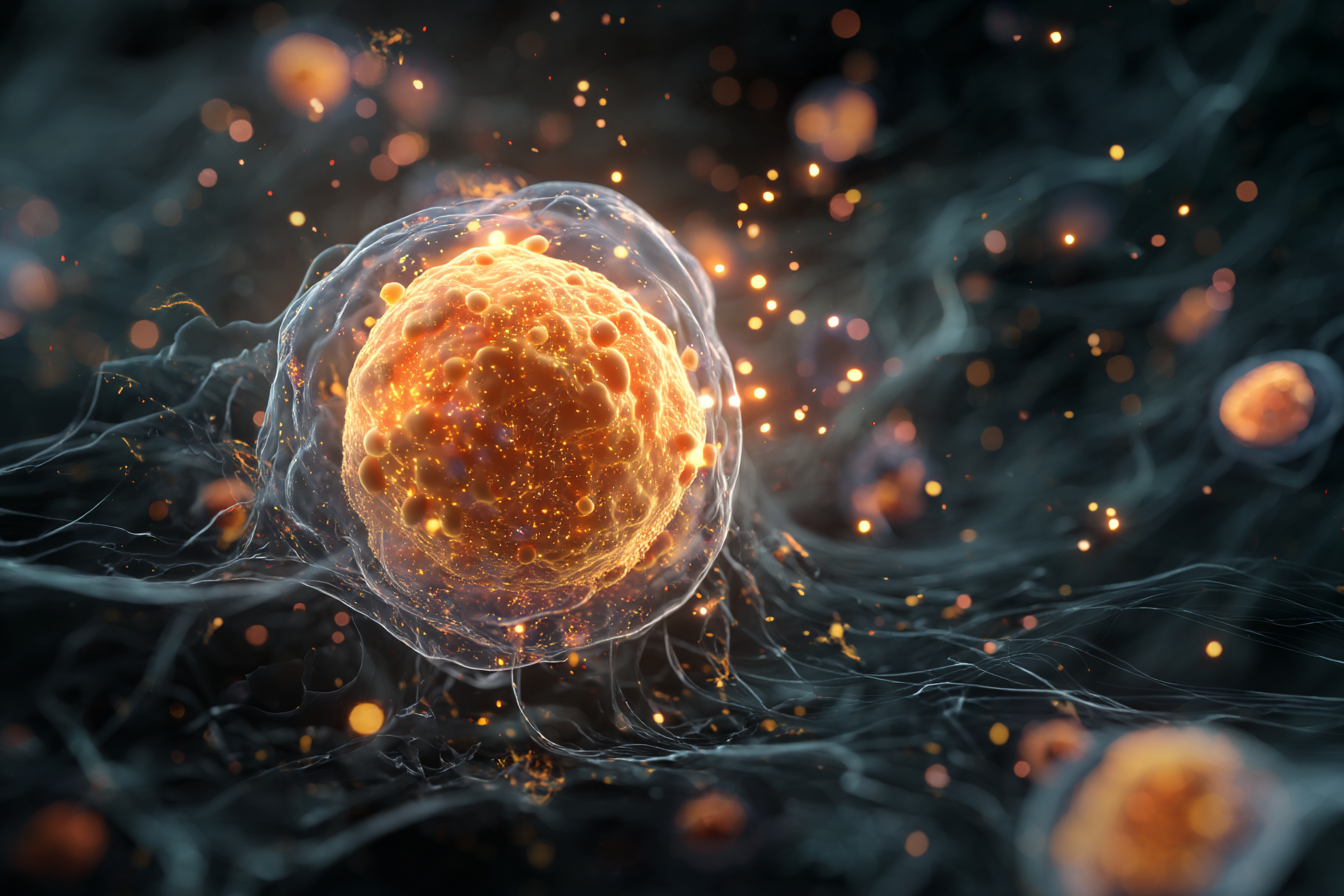By Futurist Thomas Frey
Researchers at the University of Maryland’s Joint Quantum Institute just solved one of photonics’ most frustrating problems: they’ve designed and tested new chips that reliably convert one color of light into a trio of hues, and remarkably, the chips all work without any active inputs or painstaking optimization.
This might sound like an incremental improvement—better lasers, more colors, so what? But it’s actually revolutionary. These chips take a single invisible telecom laser and passively transform it into red, green, and blue light automatically, with no tuning, no adjustment, and no delicate calibration. And that changes everything about how we build quantum computers, ultra-precise atomic clocks, optical communication systems, and photonic processors.
Continue reading… “The Rainbow Chip: How One Laser Becomes Many Colors Without Trying”












